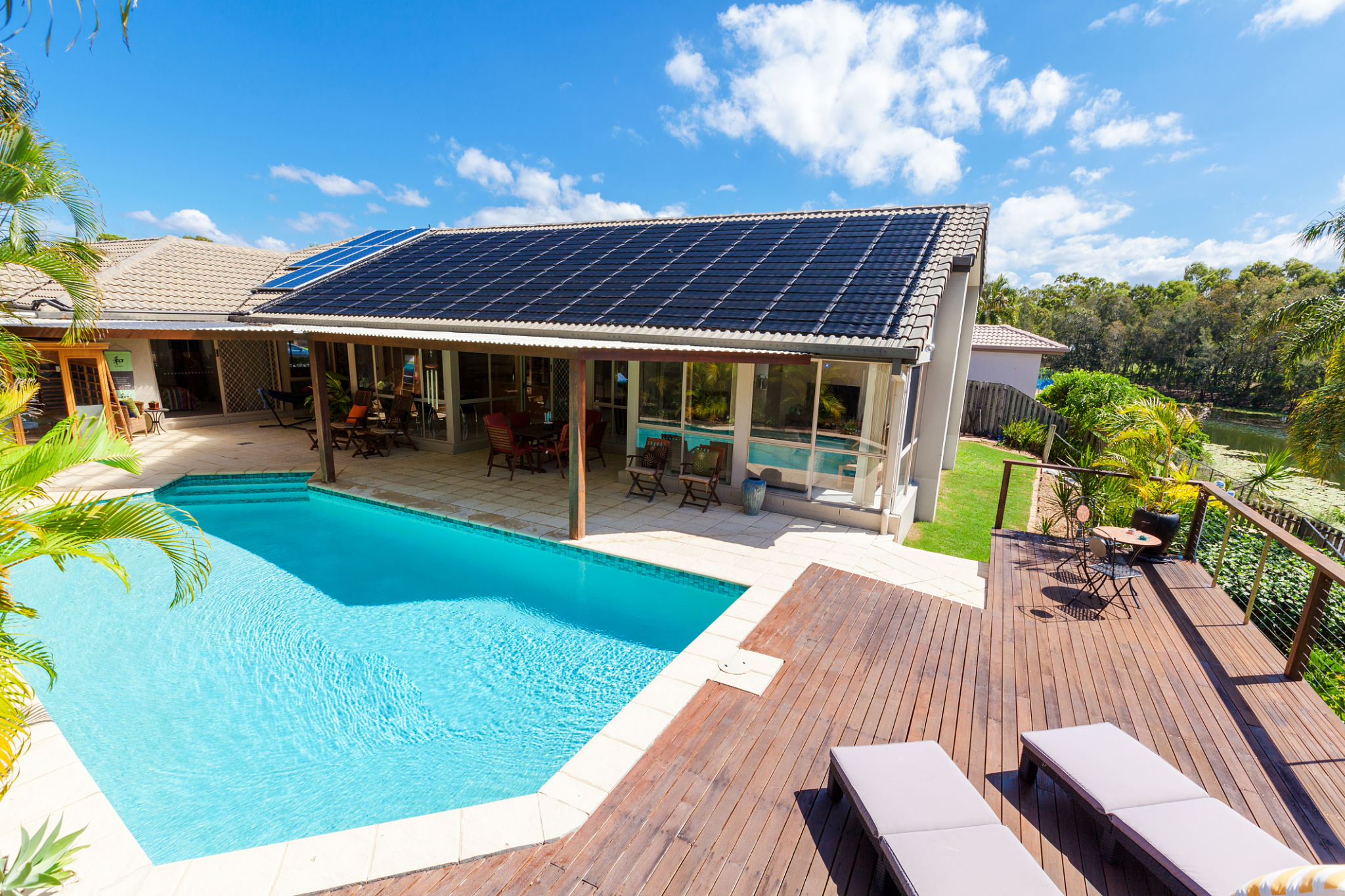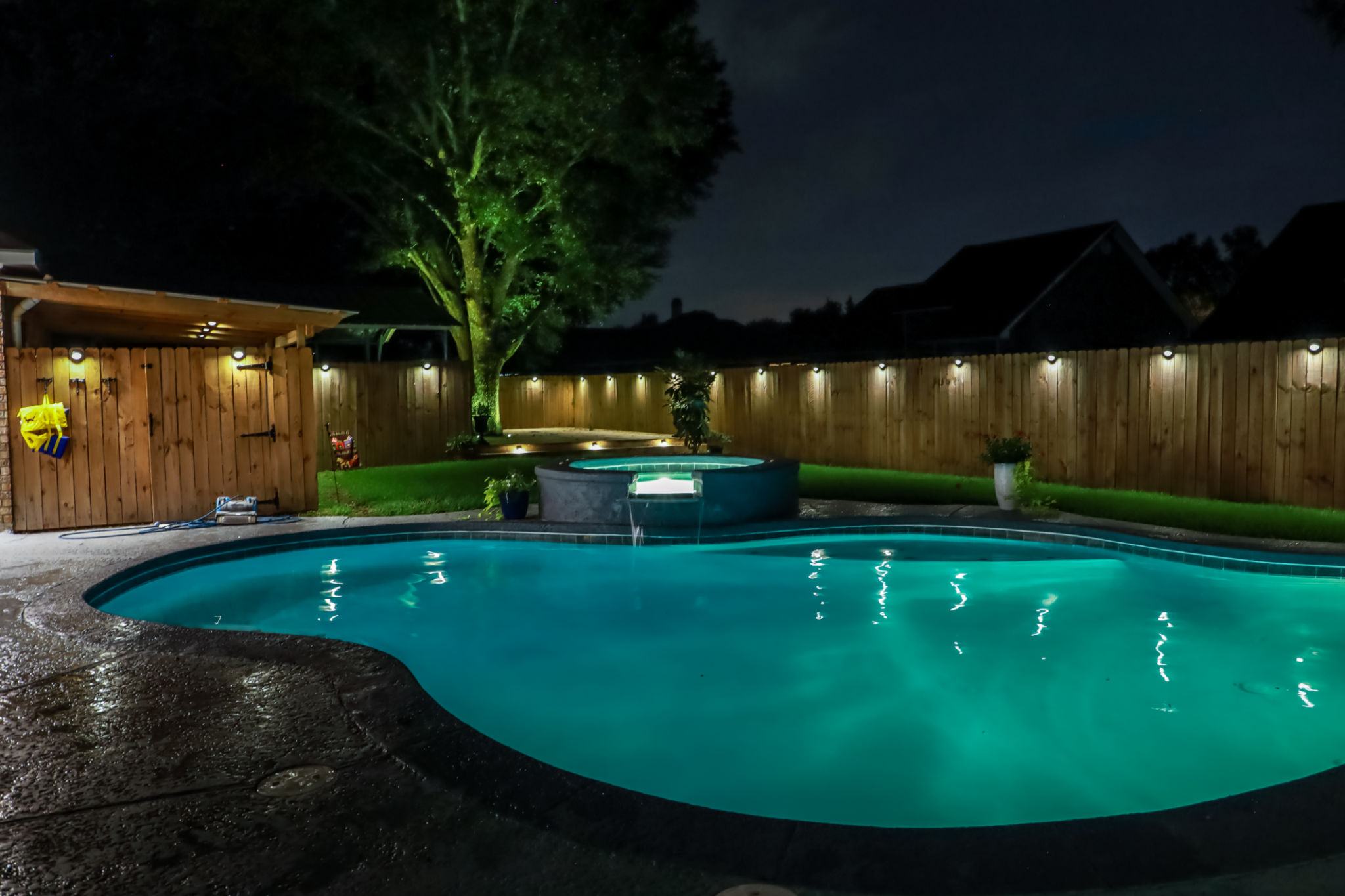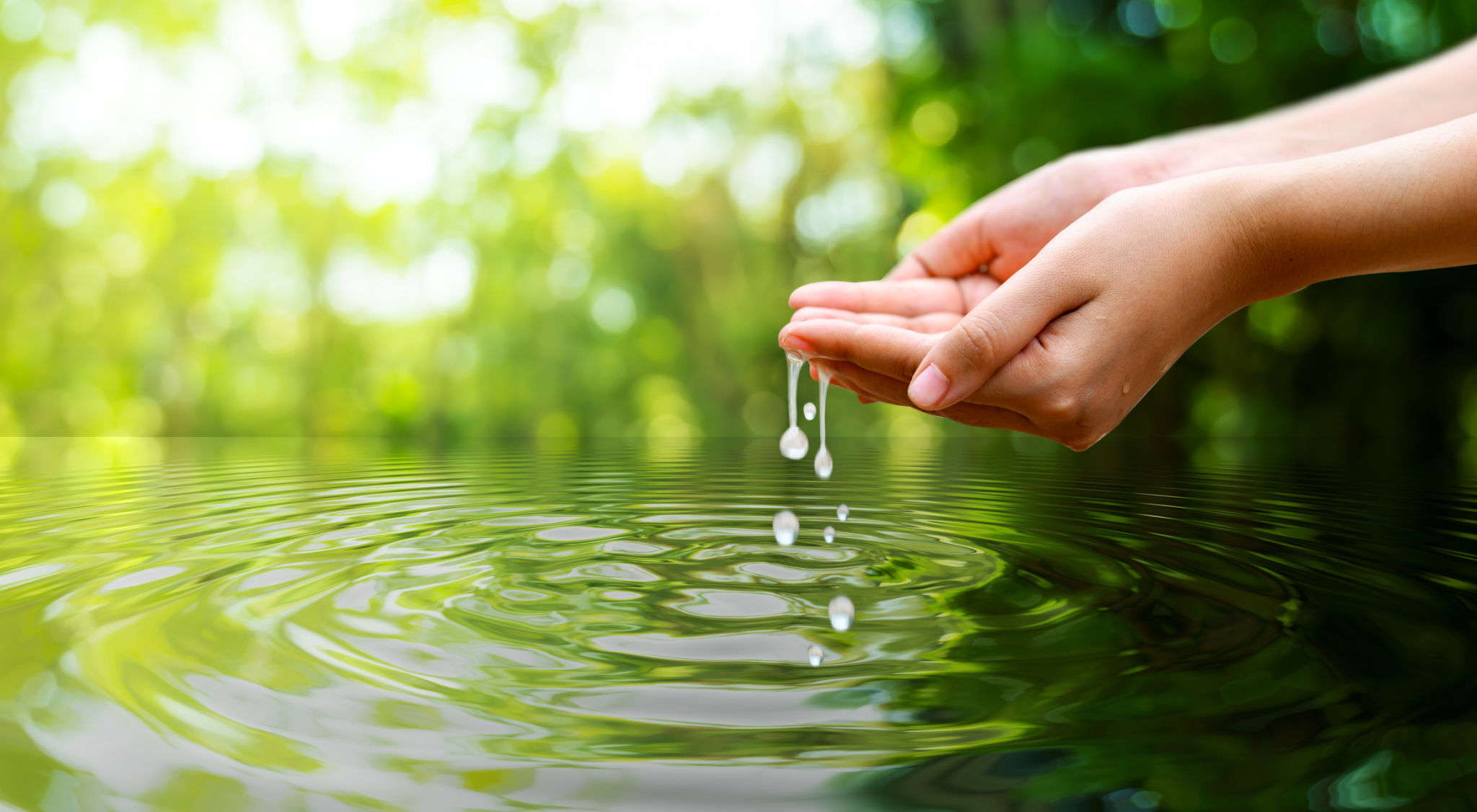Eco-Friendly Pool Construction: Sustainable Practices and Materials
Understanding Eco-Friendly Pool Construction
As environmental consciousness continues to rise, many homeowners are seeking sustainable alternatives in various aspects of home design, including pool construction. Eco-friendly pool construction not only reduces your carbon footprint but also enhances the longevity of your pool. By adopting sustainable practices and materials, you can enjoy a refreshing swim while contributing to a healthier planet.

Choosing Sustainable Materials
One of the key aspects of eco-friendly pool construction is the selection of sustainable materials. Traditional pool materials often have a significant environmental impact, but there are greener alternatives available. Consider using recycled or locally sourced materials for the pool deck and surrounding areas. Opt for natural stone or certified sustainable wood to create a beautiful and eco-conscious pool area.
For the pool itself, consider using a fiberglass shell. Fiberglass is known for its durability and minimal maintenance requirements, which can reduce chemical use and water waste over time. Additionally, it requires less energy to produce compared to traditional concrete pools.
Energy-Efficient Pool Equipment
Implementing energy-efficient equipment is another crucial step in eco-friendly pool construction. Start by selecting a variable-speed pool pump. These pumps use significantly less electricity than traditional single-speed pumps and can be adjusted to meet specific needs, providing both energy savings and cost reductions.

Solar heating systems are also an excellent choice for reducing energy consumption. By harnessing the power of the sun, solar heaters maintain comfortable water temperatures with minimal environmental impact. Additionally, LED lighting can be used to illuminate the pool and surrounding area, offering energy savings and a longer lifespan than incandescent bulbs.
Water Conservation Techniques
Water conservation is a vital component of sustainable pool design. Installing a pool cover is one effective way to reduce water evaporation, which can significantly decrease the need for constant refilling. Furthermore, using a rainwater harvesting system can help supplement water levels naturally and reduce reliance on municipal water sources.

Incorporating a saltwater chlorination system is another innovative approach. Saltwater pools use a natural process to generate chlorine, reducing the need for chemical additives and minimizing water waste from backwashing.
Landscaping and Biodiversity
The landscape around your pool can also contribute to its eco-friendliness. Opt for native plants that require less water and maintenance, supporting local biodiversity and reducing your environmental footprint. These plants can provide shade, enhance privacy, and create a natural oasis around your pool area.
Additionally, consider implementing a natural pond or wetland area adjacent to your pool. These features can promote biodiversity by providing habitats for local wildlife while also serving as natural filtration systems for runoff water.
Conclusion
Eco-friendly pool construction is an attainable goal that offers numerous benefits for both homeowners and the environment. By choosing sustainable materials, energy-efficient equipment, water conservation techniques, and supporting local biodiversity, you can create a luxurious pool that aligns with your environmental values. Dive into sustainability and enjoy the refreshing rewards of an eco-conscious swimming experience.
